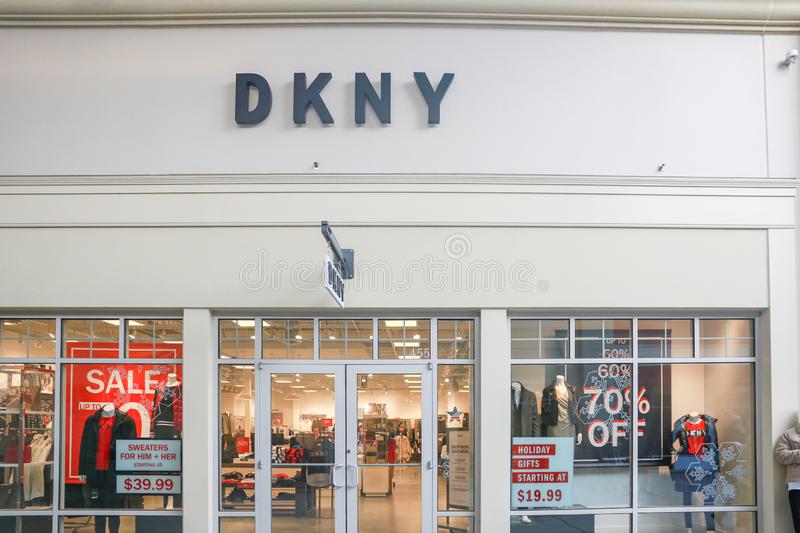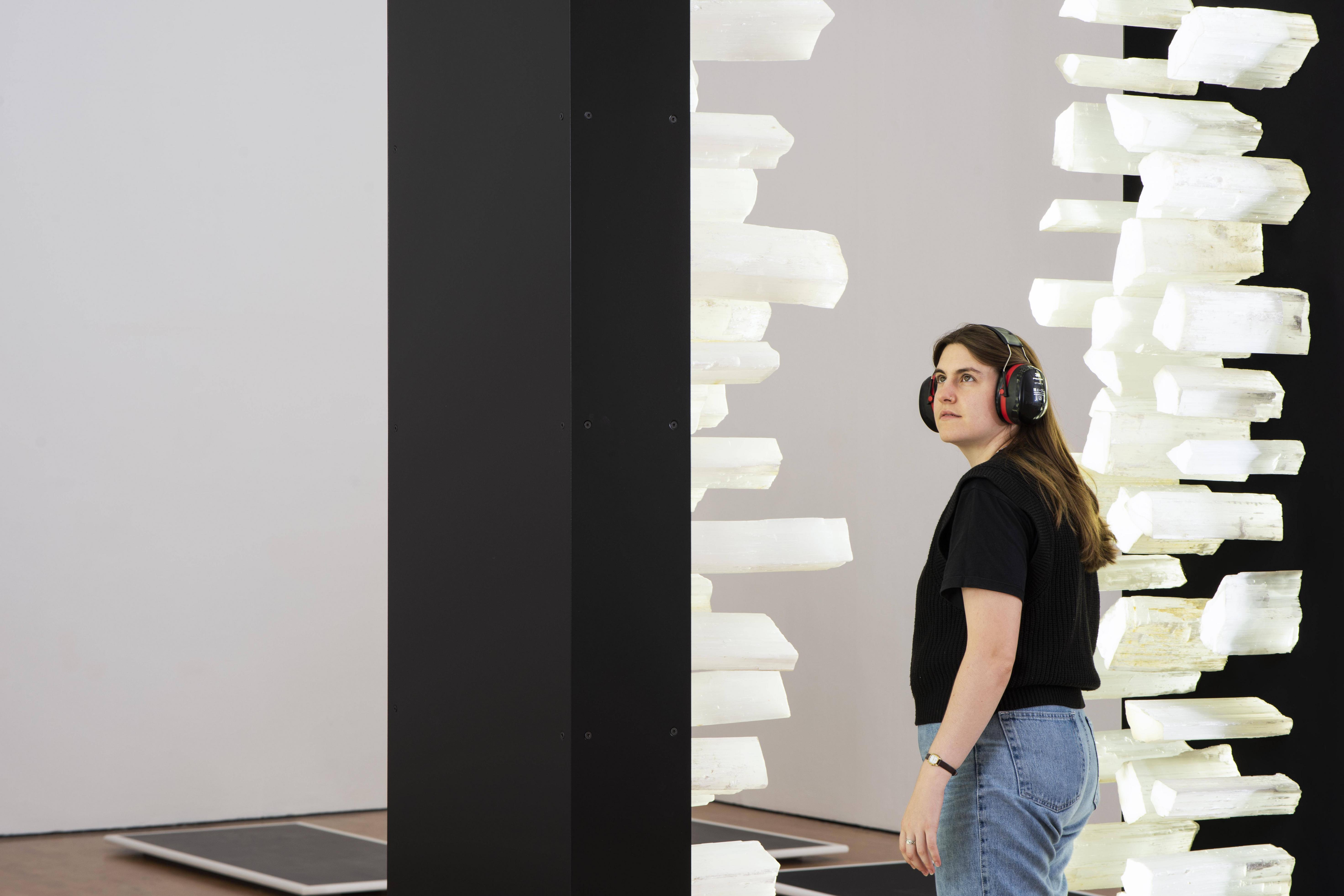
Hannah Wilke has explored numerous subjects throughout her career that have highlighted the vitality as well as vulnerability of the human being. Her artwork, whether it is sculpture, video, photography, or performance, challenges gender inequality. It empowers us all to have a more sensuous relationship with life and a more liberated world.
Wilke challenged erotic stereotypes in her early performances and photos to question female objectification and reframe sexuality as a cultural and social construct. Although her provocative works can be seen in dialogue with other postwar movements (pop, minimalism, abstract expressionism), their main focus is on the human body and living, loving, and experiment with it.
She used the vagina symbolizing empowerment in her sculptures. These sculptures often feature delicate folds and a sensuous texture. However, they can also be made in more refined forms. Her latex wall pieces have elegant, slender figures. They range from sensual and feminine to raw and are as sensitive and feminine as her ceramic work.

This exhibition features a range of her work including sculpture, performance, photography, drawing, and even painting. It's her first major display of her work in over 10 years and will be open at the Pulitzer Arts Foundation June 2021 through January 16, 20,22.
This exhibition features a new installation by Wilke of the iconic "S.O.S." Starification Object Series reimagines the half-naked posture as a result her chewing gum becoming tiny vulvas that stick out from her chest. This image makes a powerful statement about how objectification of women's bodies is an important part of our culture.
Despite her beauty her performance of nude was often criticized by critics. This shows her conservatism as well social constraints. She expressed concern about losing her job as a teacher at the School of Visual Arts. This was due to her beauty and her position as a woman working in the art industry.
Her work was an integral component of the feminist movement. Her creative use of herself in performance and photography was a vital component. Her provocative sculptures and photos, as well her unavoidable nudes are an essential part of the feminist movement’s attempt to address issues such as sexism.

She was a pioneering figure in performance art and video, using her own body for provocative provocations. These videos, performed in a variety of environments, aggressively parody sexual stereotypes and playfully question human and societal relations.
The artist's last large-than-life-sized watercolors and photo self-portraits as well floor sculptures and readymade medical items, everyday videos and drawings made from her own hair are all examples of her exploration. These images are her last tribute to the art industry before her 1993 death.
FAQ
Can I be excused for dressing poorly?
Yes! As long as you look good, you won't be judged.
Actually, it's better to dress up. This will reflect your personality and make it more appealing.
What are the 7 types of fashion?
The seven types of clothing include casual wear, formal wear, sports wear, business wear, party wear, wedding wear, and special occasion wear.
Formal wear is made up of formal wear like evening gowns and suits. Casual wear includes shorts and sweatshirts, T-shirts, jeans, shorts and sweatshirts. Training clothes, running gear and gym wear all fall under the umbrella of sportswear. Ties, jackets and coats are all part of business wear. Prom dresses, evening dresses, and bridesmaid dresses are all examples of party wear. Tuxedos (ballgowns), and wedding dresses are all possible. Menswear, childrenswear, as well as womenswear, are suitable for special occasions.
Where can I find the latest fashion trends in my area?
Fashion trends are created by many different people, including designers, stylists, photographers, models, celebrities, bloggers, etc. Trends come from all over the world, and they're constantly changing.
Trends are affected by what is happening around them. People want clothes that reflect our culture, our heritage, and where we live.
People want to express their individuality through clothes. They want to display their style and personality.
They want to stand out among the crowd.
Statistics
- The lowest 10 percent earned less than $32,150, and the highest 10 percent earned more than $124,780. (en.wikipedia.org)
- According to Water, [41] The annual Academy Awards ceremony is also a venue where fashion designers and their creations are celebrated. (en.wikipedia.org)
- Another ethical fashion company, [43] Consumption as a share of gross domestic product in China has fallen for six decades, from 76 percent in 1952 to 28 percent in 2011. (en.wikipedia.org)
- STUDENTS GET 10% OFF GET YOUR CODE (asos.com)
- The middle 50 percent earned between $42,150 and $87,120. (en.wikipedia.org)
External Links
How To
How to Style Clothes
How to style clothes This is the best way to style clothes. Wear what you love, even if it's not trendy. Fashion changes every day. It is not a good idea to try to duplicate someone else's style. Instead learn from them and create your own style.
Simple and easy styling is the best thing for you. Do not try to find something that fits perfectly if your goal is to look great. Instead, pick out whatever looks good on you, whether a shirt, pants, jacket, skirt, etc. and put it together into one outfit. As long as you coordinate your pieces well, it doesn't matter how many pieces are in your wardrobe. Mixing colors and patterns is a great way to create different outfits.
Accessory can make any outfit complete. Accessories are usually small items, such as scarves, hats, watches, rings, necklaces, earrings, bracelets, and purses. They'll help give your outfit some pizzazz and make it pop. Look at what colors compliment your clothing and which contrast. You might match a scarf with blue jeans with red shoes.